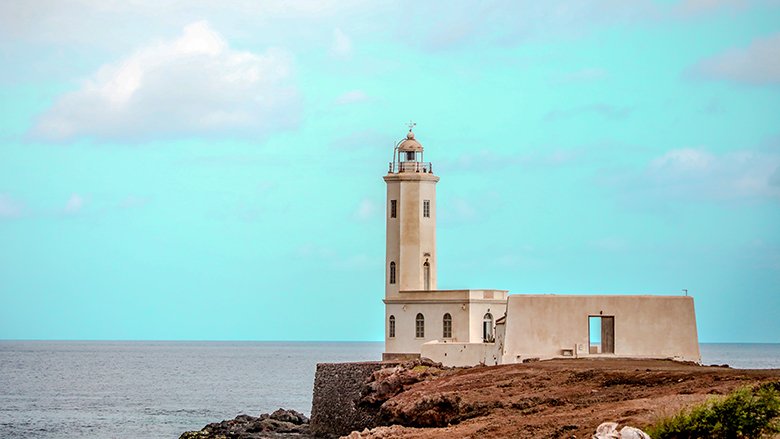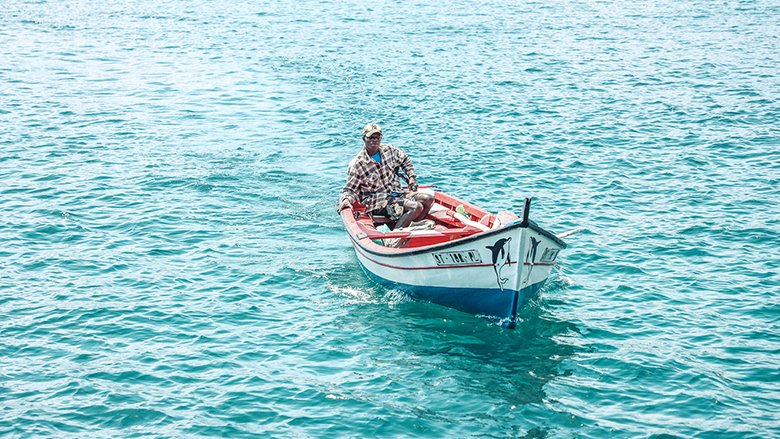The small island nation of Cabo Verde has achieved remarkable social and economic progress since its independence in 1975. Despite geographical challenges and limited resources, the country has experienced economic success driven by structural reforms, political stability, high tourism flows, and sustained foreign direct investment and remittances.
However, challenges remain. Since the global financial crisis in 2008, Cabo Verde's development model has shown signs of fatigue. Economic growth remains stubbornly volatile, and the country remains highly vulnerable to external economic shocks and climate-related events, which require careful planning and preparedness. Additionally, the low productivity of the private sector and high internal markets fragmentation are key constraints to achieve a sustained and inclusive economic growth.
The year 2022 was marked by a strong economic growth of 17.7%, with sectors such as tourism, transport, and commerce leading the way. The surge in economic activity contributed to a reduction in poverty rates. Still, some challenges remained. With inflation rising, food insecurity became a reality for many. The war in Ukraine and climatic shocks posed significant risks that could derail the economic progress achieved so far, including fiscal consolidation. These are the key findings of the Economic Update, a comprehensive overview of Cabo Verde’s economy in 2022 produced by the World Bank.
To support Cabo Verde in meeting its long-term development goal of more sustained and inclusive economic growth, the World Bank published a Country Economic Memorandum (CEM).

